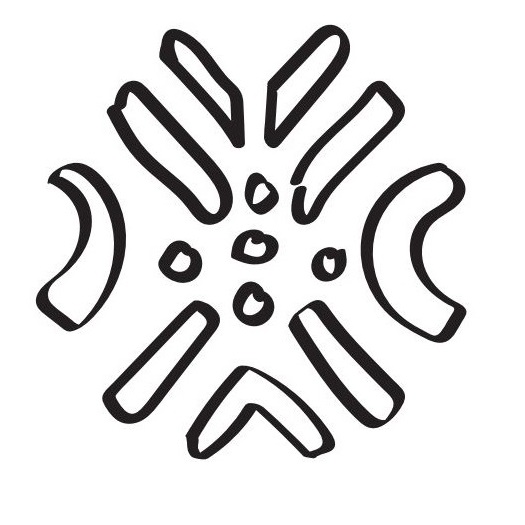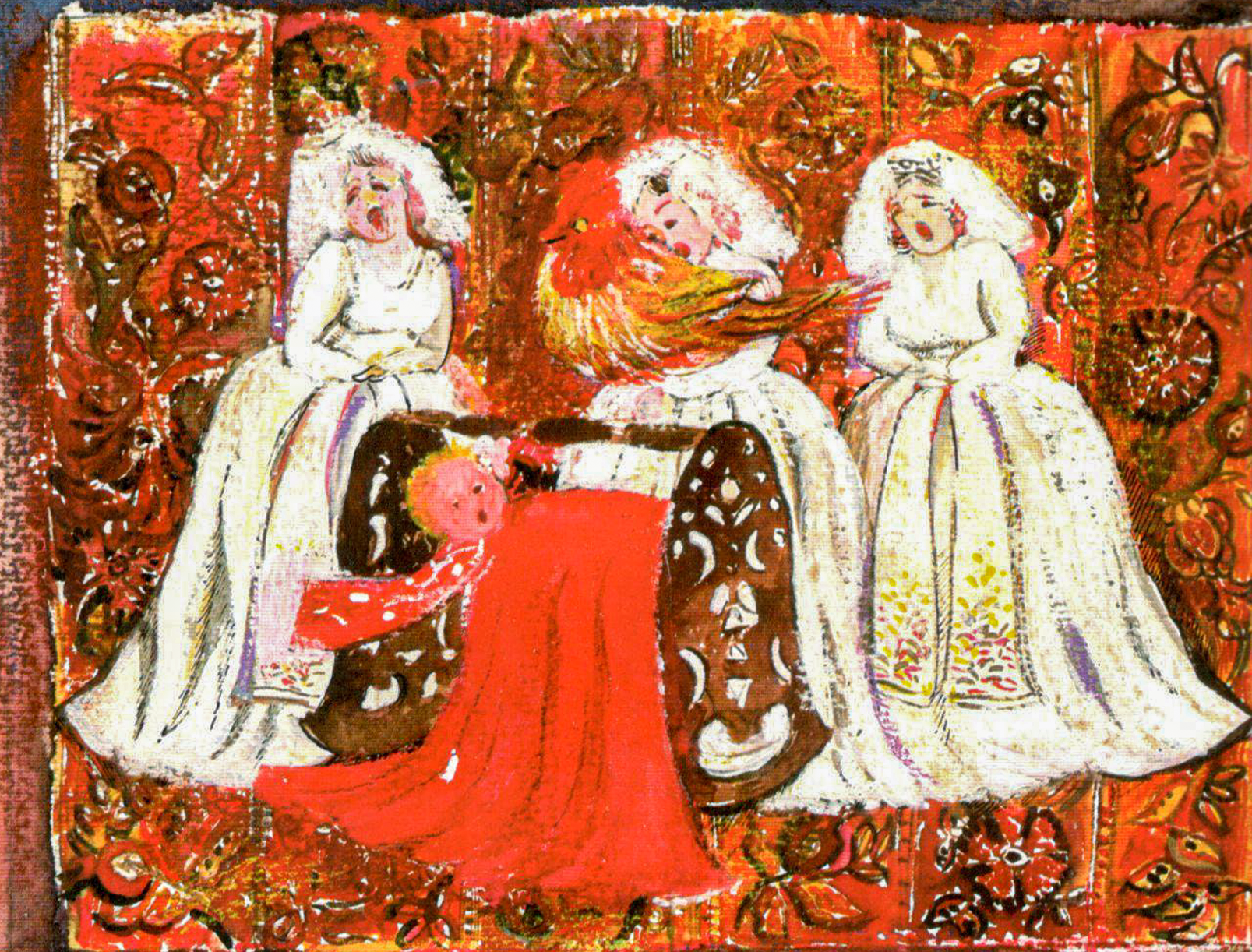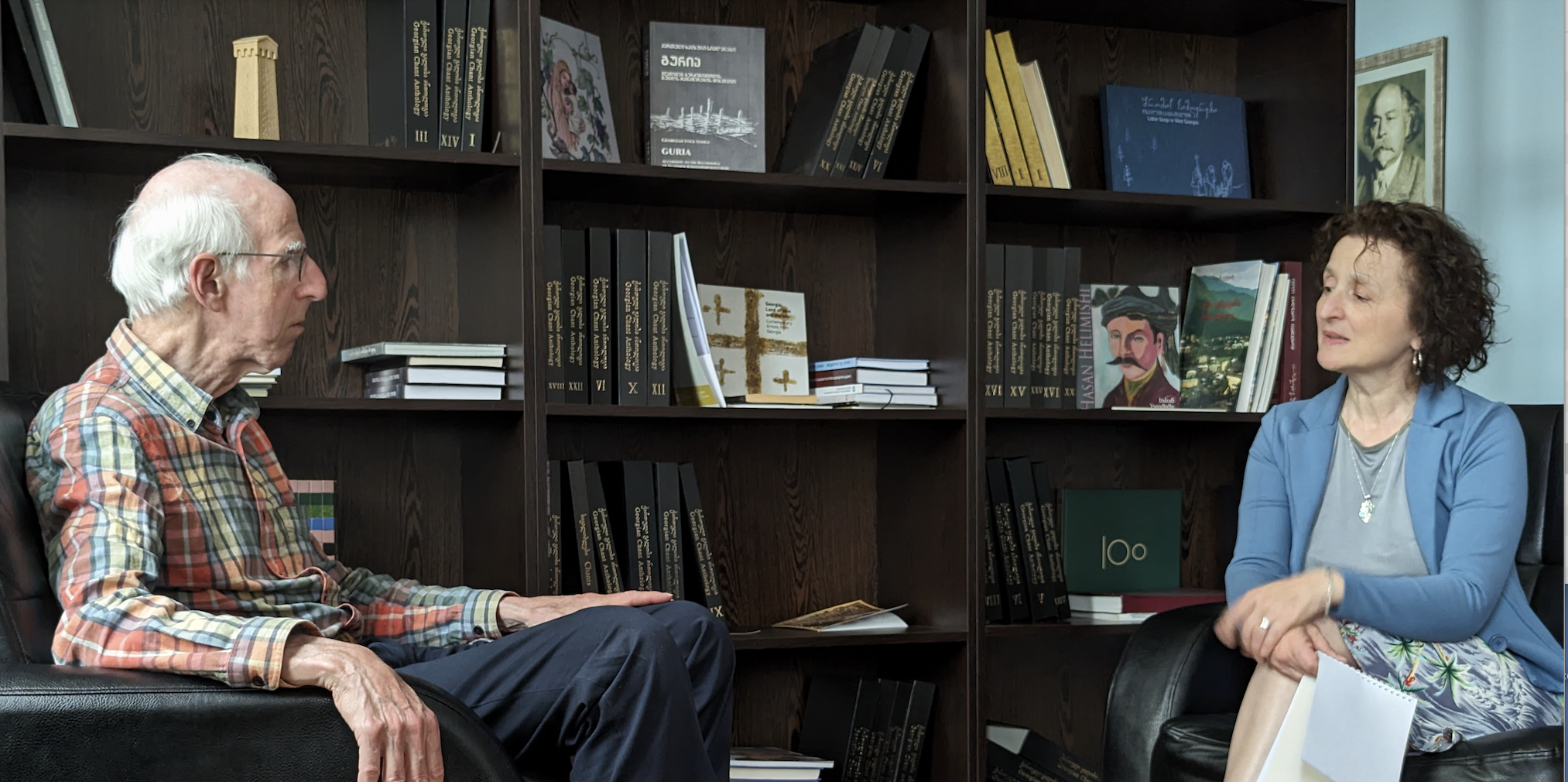Letter from the Editors #3
Welcome, dear reader,
Some time has passed since our last meeting, as it were, and while you were undoubtedly occupied with many interesting things, we too have been busy preparing and compiling the materials for the third issue of our online magazine, which we hope will attract your attention.
As promised, we have made an effort to present a more balanced thematic mosaic in the magazine: this time, in addition to music and choreography, the articles touch on other aspects of traditional Georgian cultural practices more broadly. Accordingly, in the present issue you will meet new authors who delve into Georgian ethnographic narratives and explore different Georgian oral traditions.
We thought that a general introduction to Georgian traditional crafts would be useful for the reader as preparation for more detailed discussions of specific forms and genres. Ana Shanshiashvili's brief historical overview of Georgian traditional crafts does exactly that, guiding the reader across different disciplines.
In the same vein, Elene Gogiashvili reviews one of the most popular genres of Georgian oral tradition, the fairy tale, and tells the reader about the forms and sub-genres of Georgian fairy tales, as well as their particular idiosyncracies.
The next article, which continues along similar lines, is a general overview of North Macedonian traditions, with an emphasis on local choreography. This article is the latest addition to our journal's permanent column on world cultural heritage. The author, Philip Anastasov, is a young student who grew up in a traditional Macedonian musical family and who, despite his young age, is already an experienced musician. Alongside his pursuit of theoretical knowledge, he actively participates in national and international festivals and leads master classes.
After these general, panoramic views of various cultural practices, we turn to more specific and detailed ethnographic descriptions and discussions of particular phenomena. For example, many Georgians are likely familiar with the concept of a “ritual offering,” the so-called Zedashe, yet its essence and purpose are not well understood. Responding to this lack of easily accessible information about the different manifestations of this phenomenon, Davit Sichinava prepared an extensive discussion of Okhvameri, a particular type of Zedashe ritual offering.
Both admirers and experts in Georgian church chanting will no doubt be interested in the article written by the nun Nino Samkharadze, which is dedicated to the Shekhvetiliani cycle of hymns, which are sung at the end of Great Lent, during the Friday service of the Seven Passions. The author pays special attention to the name of the cycle and explains its meaning according to her own observations.
One can easily observe how popular Georgian dance is in our country, and, remarkably, it seems to be equally loved by both older and younger generations. Eka Geliashvili’s article discusses one of the most outstanding examples of Georgian choreography, the Khorumi. Eka has been writing the choreography column since the first issue of the magazine, and we intend to work with her on collecting these articles for publication as a monograph on the history and development of Georgian dance. This volume will undoubtedly become a valuable source for readers interested in choreography.
The next three articles were written by the members of the editorial board, who from time to time also put on authors’ hats. Sandro Natadze’s piece focuses on one of the most popular Georgian instruments, the chonguri. While it is true that it is primarily vocal polyphony that has earned Georgian traditional music its special place in the diverse landscape of world music, Georgian instrumental music is no less interesting and plays an important role in the singing repertoire. In this context, “The Adventure of the Chonguri” will be of particular interest.
As time speeds faster and faster and the world changes with it, the farther we move away from the past, which suddenly becomes pale and dim. Many of us are interested in understanding and reviving the rich past of Georgian culture, which is the subject of our “Photo Essay” column. Teona Rukhadze found an interesting photo in the National Archives, which captures one of the episodes of an alpinist expedition from 1925. The author collected information about the young people in the photo and compiled it into a short narrative.
Another member of the editorial board, Brian Fairley, recently completed a dissertation on the media history of Georgian music. During his research, Brian became interested in the comments about Georgian music which were commonly attributed to the composer Igor Stravinsky.After he tracked down the primary source, he discovered that the original text wasdistorted through translation in a Soviet music journal and has circulated ever since in the form of garbled, incorrect quotations. It is an interesting story and will certainly captivate the reader. We think that this article is a particularly good lesson for researchers, because it teaches us how important it is to be careful and prudent when working with sources.
Alongside our coverage of different cultural forms and expressions, our goal is to introduce and raise awareness of specific practitioners who, despite their merits and creative activity, remain unknown to the general public. Thus we include a piece on the artist Malvina Mukbaniani, a resident of Kvemo Svaneti, whom Gocha Balavadze and Sandro Natadze interviewed in her village. The conversation turned out to be quite extensive and interesting, and we include an abridged version here, along with some of the artist's works.
We are proud to share with you the work of the authors and artists we have gathered together in this collection. As you dive in and share your feedback with us, we will already be hard at work start preparing the new issue. Until it is ready, we bid you a short adieu.
Sincerely,
Editorial Board.
.jpg)



